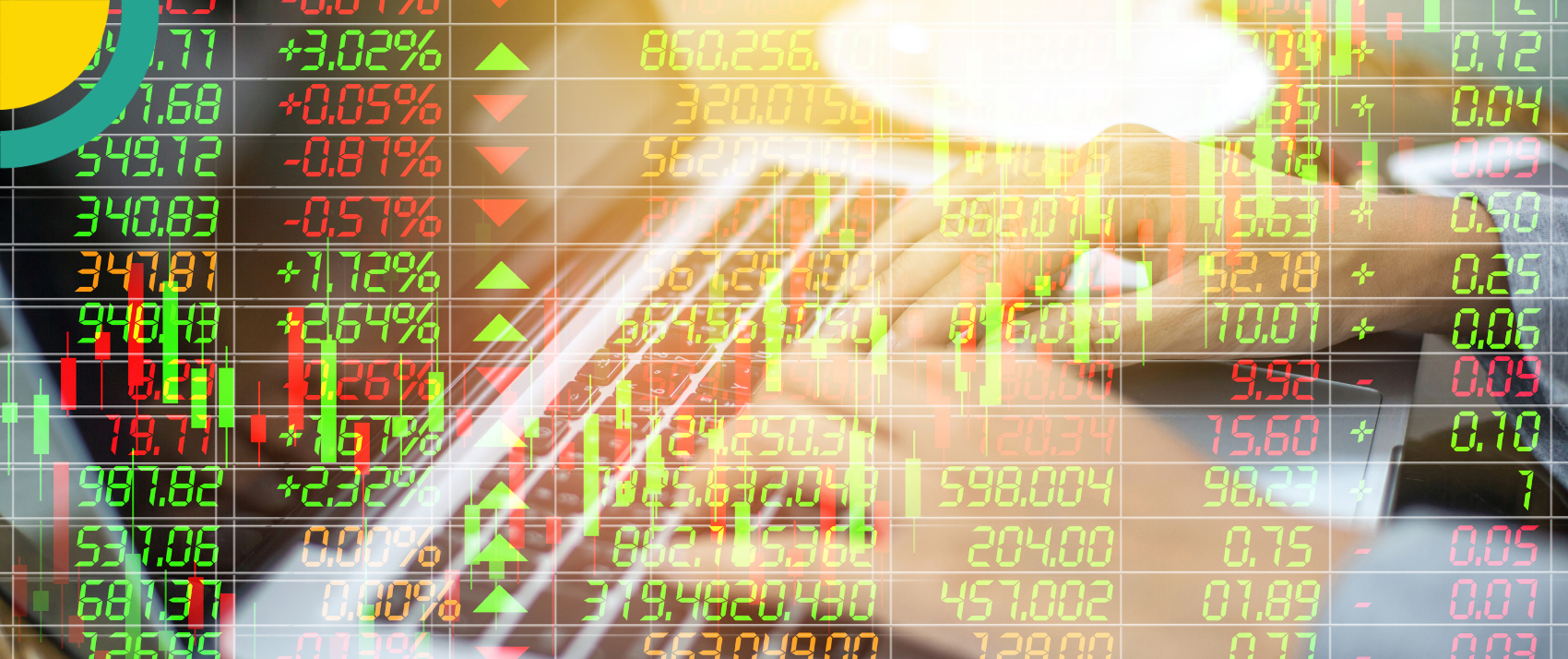In a world driven by interconnected economies and fluctuating exchange rates, understanding the value of currencies relative to each other is a crucial aspect of international trade and finance. While traditional economic indicators and complex financial models are often used to assess currency valuations, there is a quirky and surprisingly accurate alternative that has gained attention over the years: The Big Mac Index. Born out of the realm of fast food, this whimsical index offers a straightforward and relatable way to grasp the complexities of currency purchasing power parity (PPP).
What is The Big Mac Index?
The Big Mac Index is a light-hearted yet informative economic tool created by The Economist magazine in 1986, but is still being referred to till this day. It uses the price of a Big Mac, McDonald’s iconic burger, to compare the relative value of currencies across different countries. The underlying principle is based on the concept of purchasing power parity, which suggests that exchange rates should adjust in such a way that the same basket of goods (in this case, a Big Mac) costs the same in different countries when converted to a common currency.
At its core, the Big Mac Index is a simple concept with a methodical approach. To create the index, The Economist collects the local prices of Big Macs in various countries and converts these prices into a common currency (typically the US dollar) using prevailing exchange rates. By comparing the resulting prices, the index reveals whether a currency is overvalued or undervalued relative to the US dollar.
The Insights it Offers
While the Big Mac Index may seem playful, it offers several insights into global currency valuations and economic conditions:
- Relative cost of living: The index provides a snapshot of the relative cost of living in different countries. If a Big Mac is more expensive in one country compared to another, it suggests that the local currency is relatively stronger or that the country has a higher cost of living.
- Currency valuations: A currency’s overvaluation or undervaluation can be inferred from the index. For instance, if the index indicates that a Big Mac is cheaper in a certain country than in the US, for example, its currency is likely undervalued.
- Exchange rate disparities: The index highlights cases where exchange rates do not align with the “fair” value suggested by the Big Mac prices. This can prompt discussions about potential speculative bubbles or market inefficiencies.
Limitations and Criticisms
While the Big Mac Index is a fun and accessible way to grasp the concept of PPP and currency valuations, it does have its limitations:
- Simplification: The index oversimplifies the complex factors that contribute to currency valuations, such as inflation rates, interest rates, and economic fundamentals.
- Non-standardisation: Differences in local production costs, taxes, and cultural preferences can affect the price of a Big Mac, potentially skewing the index’s results.
- Burger bias: The index relies on the assumption that a Big Mac is a representative and universally comparable product, which may not hold true in all regions.
How the Rand Compares on the Index
During the 2023 findings, published by The Economist, a Big Mac cost R49.90 in South Africa, compared to $5.58 in the United States, indicating an exchange rate of R8.94. As we know the rand is trading closer to R18.50 against the dollar suggesting that the rand is undervalued by about 52%, which made it the 5th most undervalued currency in the analysis. Although this is a concerning reality, it is important to remember that there are many factors that contribute to the value of both currencies. The biggest factor over the last few years is that investors have less appetite for risk due to the high inflation and increasing interest rates globally. South Africa, a country considered a higher-risk environment, compared to developed countries like the United States, has seen a sell-off of our assets and as such a depreciation in our currency value. Our deteriorating infrastructure and high crime rate, to name only a few factors, are however significant aspects increasing risk for foreign investors and as such the risk premium added to the rand may cause our local currency’s value to continue experiencing such a devaluation over time.
The Big Mac Index, born out of a playful comparison of fast-food prices, has become a valuable tool for understanding the relative value of currencies and their purchasing power parity. While it may not replace traditional economic analyses, the index offers a relatable and engaging entry point for those seeking insights into global currency valuations and economic disparities. As an approachable conversation starter, the Big Mac Index has succeeded in demystifying a complex aspect of international finance and making it more accessible to a wider audience.










